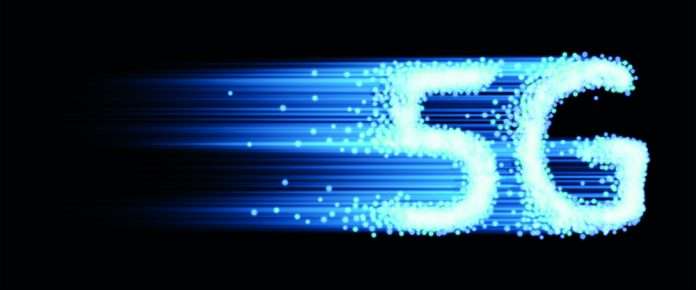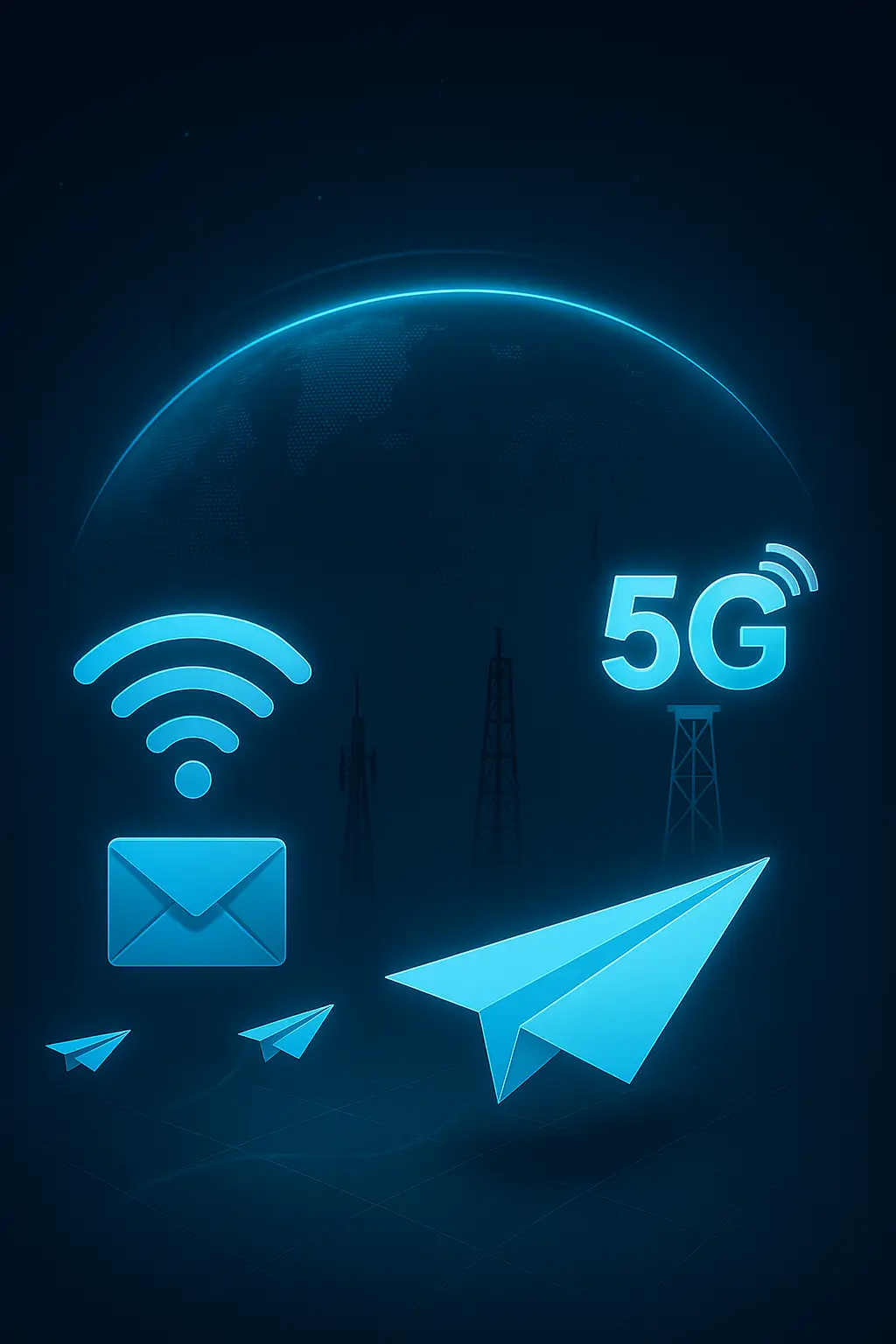- Broadcast channels: The 5G SSB beams are static beams and beam sweeping is performed in time-division mode. The lobe distribution, azimuths, and digital tilts can be adjusted based on scenarios.
- Traffic channels: Dynamic beams are mainly adopted. Based on SRS or PMI weights, dynamic beams provide accurate coverage for UEs, increasing the UE rate and reducing network interference.
- Beamforming reduces the interference on traffic channels at cell edge. MIMO supports the spatial multiplexing on the uplink and downlink traffic channels as well as on PDCCH, increasing network capacity and improving single-user performance.
- The MM specifications are related to the model of the AAU and the improvement on RET insertion loss in 5G MM compared with that in 4G MM.
- The MM performance greatly depends on the reciprocity between the uplink and downlink channels. Therefore, it imposes high requirements on high-speed mobility, interference, and channel calibration.
Don’t miss our 5G Training: 5G NR RF Planning online Training for which you have detailed information about network planning, more details in below link:
Benefit from Massive discount on our 5G Training with 5WorldPro.com
Start your 5G journey and obtain 5G certification
contact us: contact@5GWorldPro.com


